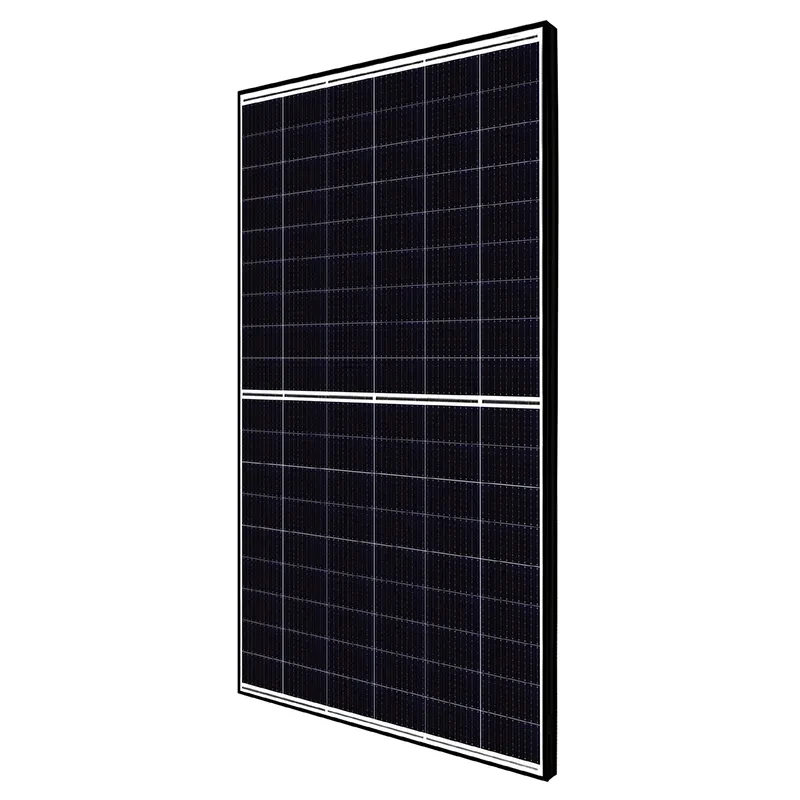Cost Analysis of Solar Panel Installation for Manufacturing Facilities
The Cost of Solar Panels for Factories A Comprehensive Overview
As businesses increasingly seek sustainable energy solutions, the adoption of solar technology is becoming more prevalent in industrial settings. Factories, in particular, are major consumers of energy, making solar panels an attractive investment for reducing electricity costs and carbon footprints. However, the cost of solar panels for factories can vary widely based on several factors, including system size, location, technology, and installation preferences.
Understanding the Costs
The overall cost of installing solar panels in a factory setting typically includes equipment, installation, and maintenance. The price per watt for solar systems has decreased significantly over the last decade, making solar panels more accessible to businesses. On average, commercial solar installations can range from $2.50 to $3.50 per watt, leading to installation costs that might be in the realm of $20,000 to $300,000 for larger factory systems.
1. System Size One of the primary drivers of cost is the size of the system. Larger factories that consume more energy will require more panels and a larger system to meet their energy needs. The size is often calculated in kilowatts (kW), and many factories find that a system between 100 kW to 500 kW is ideal for their operations.
2. Location The geographical location of a factory greatly influences solar panel costs. Factors such as solar irradiance, property size, and local regulations affect both system performance and installation expenses. For instance, states with high solar energy potential, such as California and Arizona, may offer better long-term returns on investment due to increased sunlight exposure.
3. Technology There are different types of solar panels available on the market, including monocrystalline, polycrystalline, and thin-film panels. Monocrystalline panels tend to be more efficient and have higher energy output but are typically more expensive. In contrast, polycrystalline panels are usually cheaper but have lower efficiency rates. The choice of technology can considerably impact the upfront costs and the long-term energy production of the system.
4. Installation Costs Labor costs can vary widely depending on the region, the complexity of the installation, and the company providing the service. Hiring experienced professionals can slightly raise initial expenses but can lead to better installation quality and reliability.
solar panel cost for factory

Financial Incentives
To mitigate the high initial investment, factories can take advantage of numerous financial incentives designed to encourage solar adoption. These can include federal tax credits, state-level rebates, and grants. In the United States, the federal Investment Tax Credit (ITC) allows businesses to deduct a significant percentage of their solar installation costs from federal taxes. Additionally, various states and local governments offer incentives that can further reduce the net cost.
Financing options, such as solar loans and Power Purchase Agreements (PPAs), can also make reducing upfront costs more achievable. A PPA allows factories to pay for the energy produced by the solar panels at a fixed rate, which is often lower than current energy prices, without having to pay for the panels themselves.
Long-Term Savings
While the initial cost of installing solar panels can be high, factories often see significant savings on their energy bills over the life of the system, typically spanning 25 years or more. The amount saved will depend on the size of the system, local electricity rates, and whether the factory consumes all the generated solar power or sells excess energy back to the grid through net metering.
Conclusion
Investing in solar panels can transform a factory’s energy consumption dynamics, leading to substantial cost savings and a reduced carbon footprint. While the upfront costs can be substantial, the long-term financial and environmental benefits make solar energy a compelling choice for many industrial operations. As businesses continue to prioritize sustainability and cost-efficiency, understanding the various elements that contribute to the cost of solar panels will be essential for making informed decisions in the renewable energy landscape.
-
Unlocking Energy Freedom with the Off Grid Solar InverterNewsJun.06,2025
-
Unlock More Solar Power with a High-Efficiency Bifacial Solar PanelNewsJun.06,2025
-
Power Your Future with High-Efficiency Monocrystalline Solar PanelsNewsJun.06,2025
-
Next-Gen Solar Power Starts with Micro Solar InvertersNewsJun.06,2025
-
Harnessing Peak Efficiency with the On Grid Solar InverterNewsJun.06,2025
-
Discover Unmatched Efficiency with the Latest String Solar InverterNewsJun.06,2025







